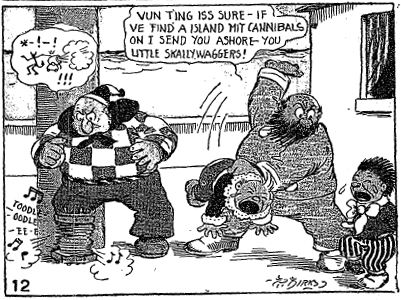More passive complaints — misidentifying 5 passives out of 5
A stunning case of public grammatical incompetence from blogger Brad DeLong (pointed out to Language Log by Paul Postal). DeLong quotes a passage by Wolfgang Mommsen (about whether Max Weber was prepared for the start of World War I), in English translation, and comments:
It is never clear to me to what extent the fact that faithful translations from the German seem evasive of agency to nos Anglo-Saxons is an artifact of translation, a reflection of truth about German habits of thought, or an accurate view into authorial decisions. The use of the passive in the translation of Mommsen:
- "the misfortune that befell Germany and Europe…"
- "the Reich had to face a superior coalition…"
- "the war turned out to be…"
- "the catastrophic diplomatic situation that isolated Germany…"
- "It was above all the bloody reckoning…"
cannot help but strike this one forcefully…
Yep, you see it too: he gets an almost incredible zero for five on identifying uses of the English passive here.
Read the rest of this entry »





